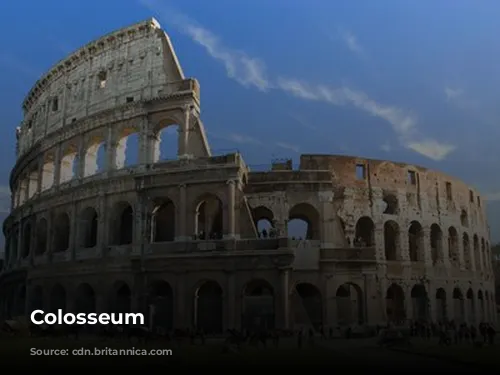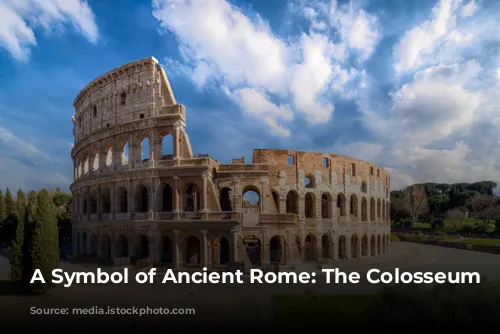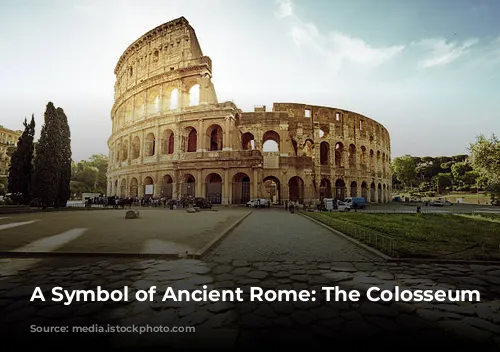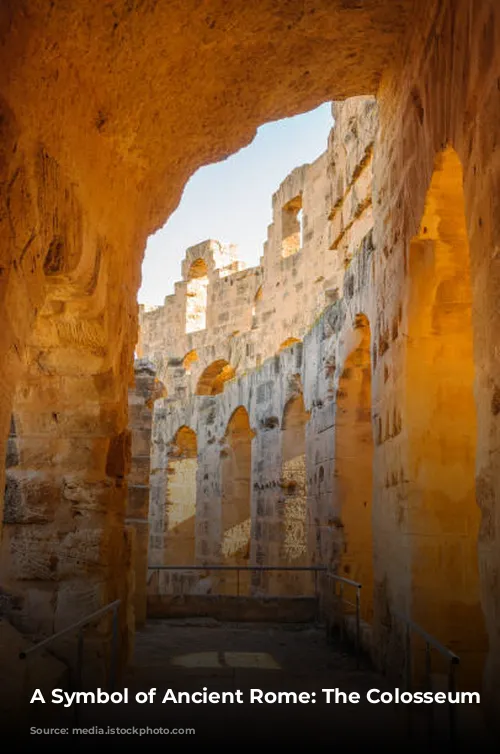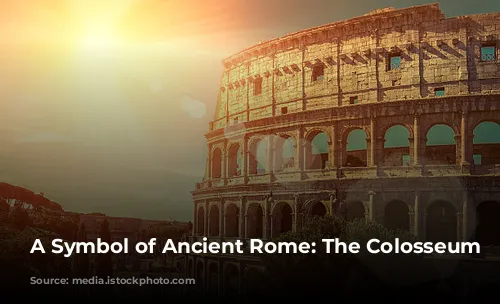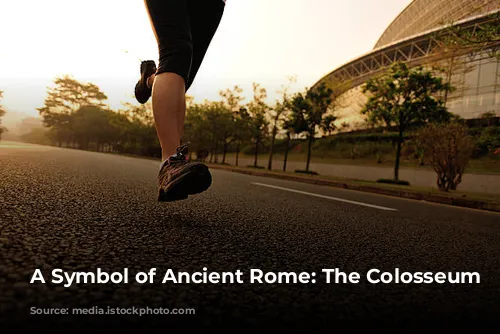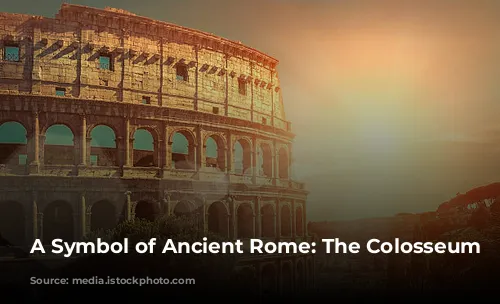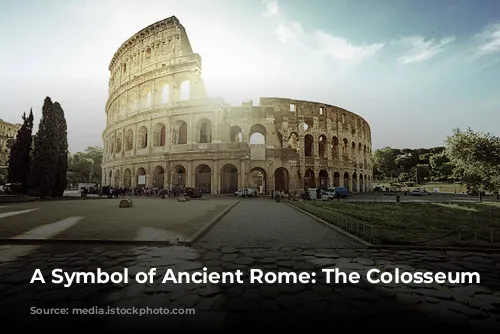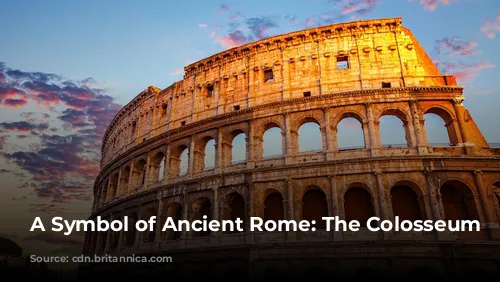The Colosseum, a testament to Roman architectural and engineering brilliance, stands today as one of the most enduring monuments of the ancient world. This iconic structure continues to draw millions of visitors each year, making it a major source of tourism revenue for Italy. In fact, the Colosseum, along with the Roman Forum and Palatine Hill, generated over $63.3 million (€53.8 million) in 2018, marking it as the most popular tourist attraction in Italy.
The Colosseum’s history is as rich and captivating as its architecture. Its story begins with the tumultuous year of the four emperors in 69 CE. Emperor Vespasian, hoping to revive Rome after a period of instability, envisioned the Colosseum as a grand entertainment venue, a place to showcase the power and might of the Roman Empire.
Construction of the Colosseum commenced under Vespasian’s reign between 70 and 72 CE. The completed structure, dedicated in 80 CE by Vespasian’s son and successor, Titus, served as a stage for gladiatorial combat, thrilling animal hunts, and even elaborate mock naval battles. Interestingly, the funding for the Colosseum came from the spoils of war, specifically from the Roman conquest of Jerusalem in 70 CE, and its construction involved enslaved Jewish workers from Judaea.
A Triumph of Roman Engineering
The Colosseum is an impressive amphitheater built with stone, concrete, and tuff, standing four stories tall. Its elliptical structure measures a staggering 620 by 513 feet (189 by 156 meters) and had the capacity to hold as many as 50,000 spectators. Unlike previous amphitheaters carved into hillsides for support, the Colosseum stands alone, a testament to Roman engineering ingenuity. The Colosseum’s three lower stories are adorned with arcades and engaged columns in the Doric, Ionic, and Corinthian orders, reflecting a sophisticated architectural design that influenced later Renaissance building styles.
The Colosseum’s massive scale and intricate design were intended to impress and awe the Roman public. A retractable awning, known as a velarium, shielded the audience from the sun. Hundreds of Roman sailors were required to manipulate the complex rigging that extended and retracted this massive awning, showcasing the empire’s impressive technical capabilities.
A Shifting Legacy
The Colosseum, once a center of public entertainment, witnessed a dramatic shift in its fortunes after the fall of the Western Roman Empire. During the 12th century, the arena served as a fortress for prominent Roman families, the Frangipane and Annibaldi. The Colosseum’s fate took another turn in the 15th century when Pope Alexander VI allowed the site to be used as a quarry. This period of neglect lasted over a thousand years, leaving the Colosseum in a state of disrepair.
The Colosseum’s fortunes began to change in the 19th century, when preservation efforts, spearheaded by Pope Pius VIII, began to revive the monument’s grandeur. In the 1990s, a major restoration project further revitalized the Colosseum, ensuring its survival for future generations. Today, the Colosseum is a symbol of resilience, standing as a reminder of the Romans’ ingenuity and the enduring power of their architectural achievements.
The Colosseum, though battered by time and neglect, continues to captivate the world. It is a reminder of ancient Rome’s grandeur, its ingenuity, and the enduring power of its architectural legacy. This iconic structure, drawing millions of visitors annually, remains a vibrant link to the past, showcasing the enduring power of history and the enduring spirit of the Roman Empire.


